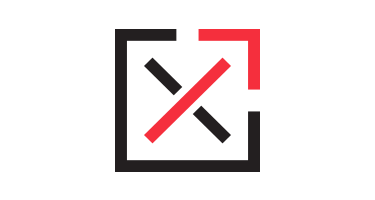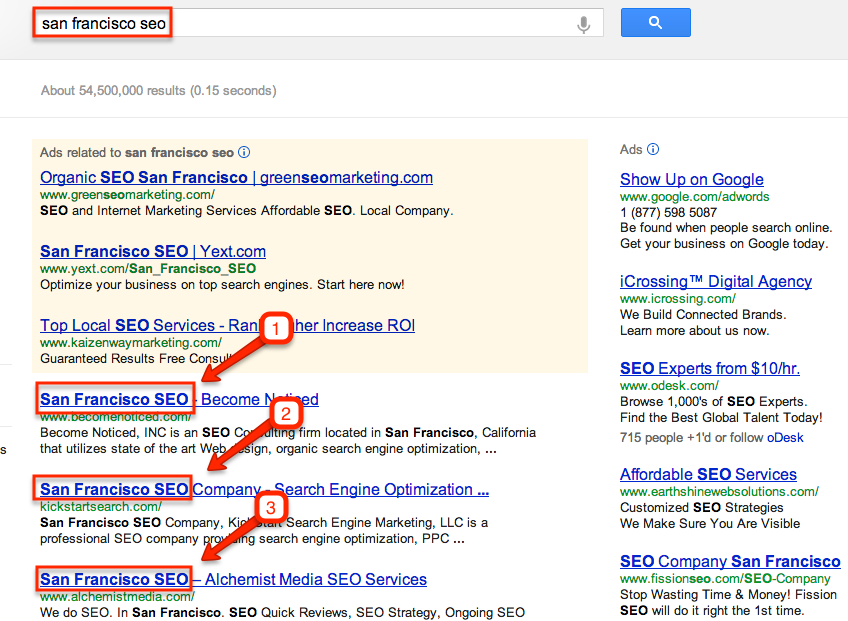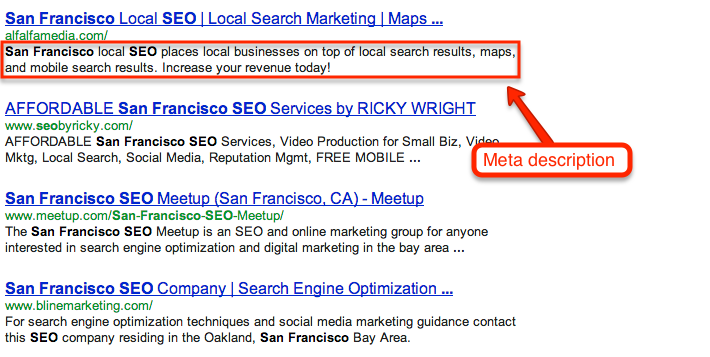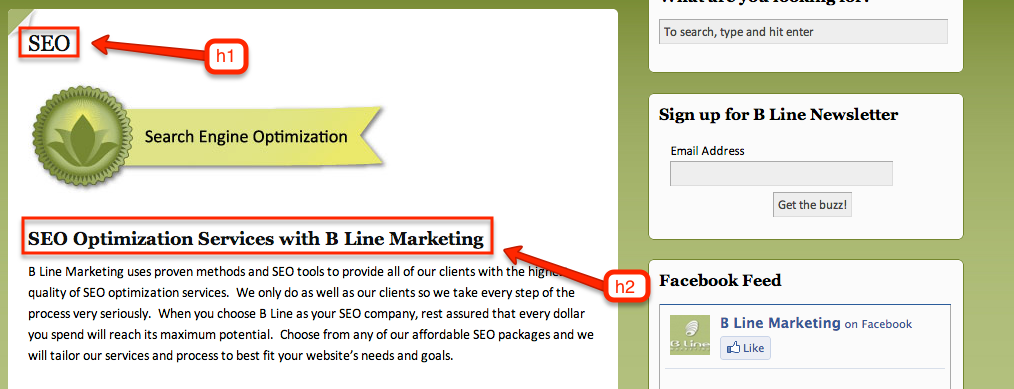If you’re an online marketer or SEO, then you are well aware of all the never-ending algorithm updates that Google periodically releases. The first Penguin update, released on April 24th earlier this year, targeted web spam and is among the most hated because it has forced SEO’s to reconstruct their optimization strategies. Many SEO’s have began utilizing penguin-friendly optimization methods, while others are still twiddling their thumbs trying to find a productive solution.
I’ve been studying and applying search engine optimization for over four years now, and on-page optimization, the area of search engine optimization that applies to the content and structure of the website, really hasn’t changed much. Below, I’ve listed the most important aspects of on-page optimization. If you optimize the structure of your website accordingly, you will see positive results in your search engine rankings.
Title Tag
The title of a website is the most important part of on-page optimization. The title tag is the first thing that Googlebots analyze when crawling a website, and thus it should be taken very seriously. It’s also the first thing that users see in search results, and thus should be compelling. You’ll want to use your website’s targeted keywords and keyword phrases at the beginning of the title. For example, if I own a business in San Francisco called iLoveSEO that offers SEO services, I would want my title to look something like this:
San Francisco SEO | Web Design | Internet Marketing | iLoveSEO
Google loves the pipe symbol for some reason, but you can use commas or dashes to separate your keywords if you prefer. I personally have had great success using the pipe symbol so I will continue to use it.
Meta Description
The meta description isn’t a ranking factor in Google’s algorithm (as least that’s what Google says). However, the meta description is visible underneath the title tag in search results, and is another thing that users can read to get a better idea of what a particular web page is all about. You’ll want to create an appealing meta description using targeted keywords that will drive users to your website.
HTML Tags
It’s important to use HTML tags in your website’s content to give Googlebots and users a better idea of what your site is all about. Some important tags to use include header tags [h1] [h2] [h3], Bold [strong], Italic [em] etc. The text in your site’s header tags is assigned high importance by search engines. You should use them to define what a specific page/post on your website is all about. If possible, try to use keywords in your header tags. This will help your website’s rankings.
Internal Linking
While getting backlinks for your site is certainly crucial for SEO, it’s also important to create internal links for better navigation. Try to use appropriate keywords in your anchor text to give the link an appropriate bearing, and make sure you link to relevant page. Internal linking will make it easier for Googlebots to read your website, and Google gives better rankings to websites that have a clean and clear navigation.
URL Restructuring
The URL structure of a web page is another crucial aspect of on-page optimization, and is something that shouldn’t be ignored. Try to use keywords and keyword phrases in your URL, but don’t make it appear spammy. Google can easily distinguish a website that is over-optimized, and will penalize it if it thinks it is.





